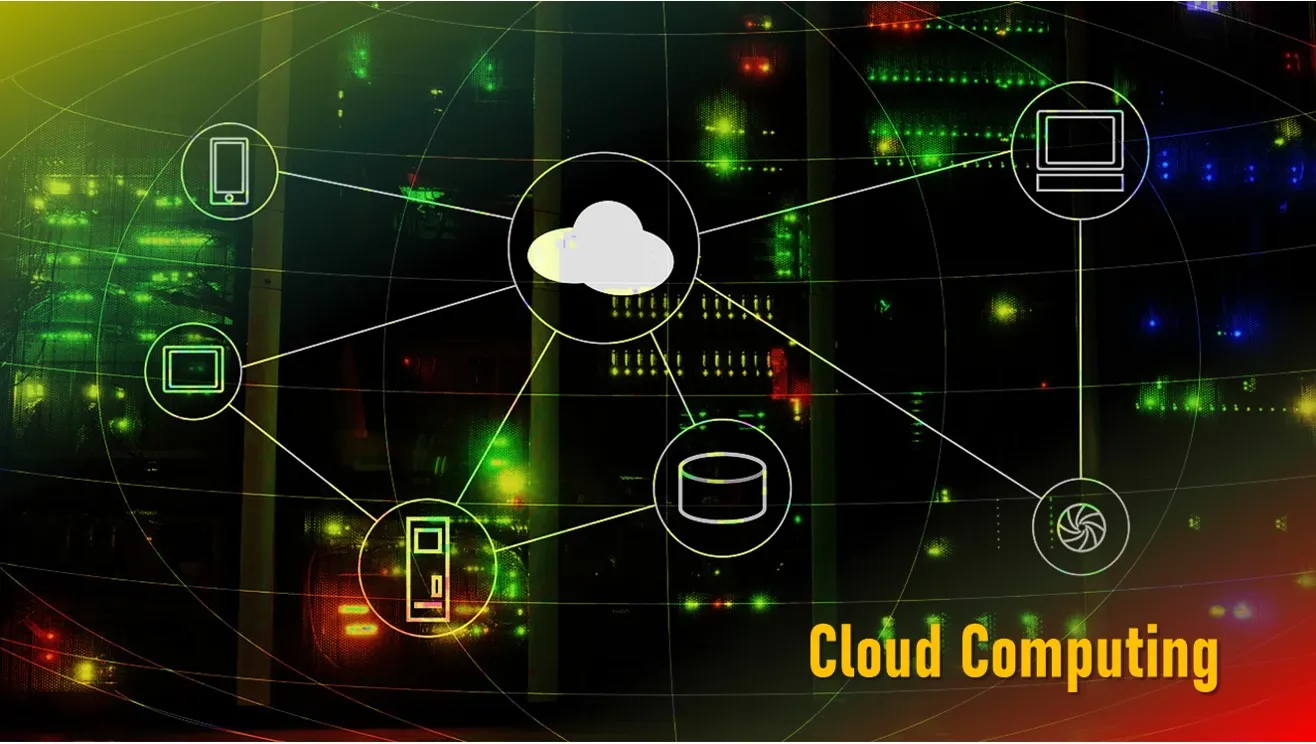Cloud computing is the delivery of computing services including servers, storage, databases, networking, software, analytics, and intelligence over the Internet (“the cloud”) to offer faster innovation, flexible resources, and economies of scale.
Rather than keeping files on a proprietary hard drive or local storage device, cloud-based storage makes it possible to save them to a remote database.
As long as an electronic device has access to the web, it has access to the data and the software programs to run it.
Operation of Cloud Computing
The salient features of cloud computing are as follows:
- On-demand: Computing services sold on demand generally by the minute or the hour.
- Elastic: A user can have as much or as little of a service as they want at any given time.
- Fully managed by the provider: The consumer requires nothing but a personal computer and internet connection.
- Data-intensive: The focus is on data rather than computation.
- Scalability: Cloud computing has the ability to scale-up or scale-down in order to meet a user’s needs.
Types of Cloud Computing
Public cloud
Public clouds are owned and operated by third-party cloud service providers, which deliver computing resources like servers and storage over the internet. Examples include Amazon Web Services, Microsoft Azure, etc.
Private cloud
A private cloud refers to cloud computing resources used exclusively by a single business or organization. The services and infrastructure are maintained on a private network.
It can be physically located on the company’s onsite datacenter. Some companies also pay third-party service providers to host their private cloud.
Hybrid cloud
Hybrid clouds combine public and private clouds, bound together by technology that allows data and applications to be shared between them.
By allowing data and applications to move between private and public clouds, hybrid cloud provides businesses greater flexibility and more deployment options and helps optimize existing infrastructure, security, and compliance.
Types of Cloud Computing Services
Infrastructure as a Service (IaaS)
The most basic category of cloud computing services.
With IaaS, a user can rent IT infrastructure servers and virtual machines (VMs), storage, networks, operating systems from a cloud provider on a pay-as-you-go basis.
Platform as a Service (PaaS)
Platform as a service (PaaS) refers to cloud computing services that supply an on-demand environment for developing, testing, delivering, and managing software applications.
PaaS is designed to make it easier for developers to quickly create web or mobile apps, without worrying about setting up or managing the underlying infrastructure of servers, storage, network, and databases needed for development.
Software as a service (SaaS)
Software as a service (SaaS) is a method for delivering software applications over the internet, on demand and typically on a subscription basis.
With SaaS, cloud providers host and manage the software application and underlying infrastructure, and handle any maintenance, like software upgrades and security patching.
Users connect to the application over the internet, usually with a web browser on their phone, tablet, or PC.
Serverless computing
Overlapping with PaaS, serverless computing focuses on building app functionality without spending time continually managing the servers and infrastructure required to do so.
The cloud provider handles the setup, capacity planning, and server management.
Advantages of Cloud Computing
- Cloud computing services minimize IT requirements and physical storage, which helps small businesses cut significant business costs.
- Most cloud services are paid on a subscription basis, so capital expenditure is reduced.
- Cloud computing is also much faster and easier to deploy, so there are fewer start-up costs.
- Moving the business data to the cloud can make disaster recovery possible i.e., retrieving data in case of a hardware compromise.
- For many businesses, moving to the cloud enhances opportunities for collaboration between employees.
- It allows team members to work from anywhere.
- The cloud centralizes the data, meaning that the owner, employees and clients can access the company data from any location with internet access.
- Cloud computing reduces a company’s carbon footprint by minimizing energy consumption and carbon emissions by more than 30%.
Limitations
- For cloud-based services, consistent internet connection is important.
- While the upfront or capital cost for the cloud-based server is very low, the cloud server requires a significant amount to be paid each month to maintain both servers as well as data.
- Companies with highly sensitive data may need their own IT department to keep data secure because when the data is stored in the cloud, the company is trusting a third party to keep it safe.
Also Read:
Different Generations of Wireless Communication Technology












2 thoughts on “Cloud Computing -Types, Operation, Services, Advantages and Limitations”